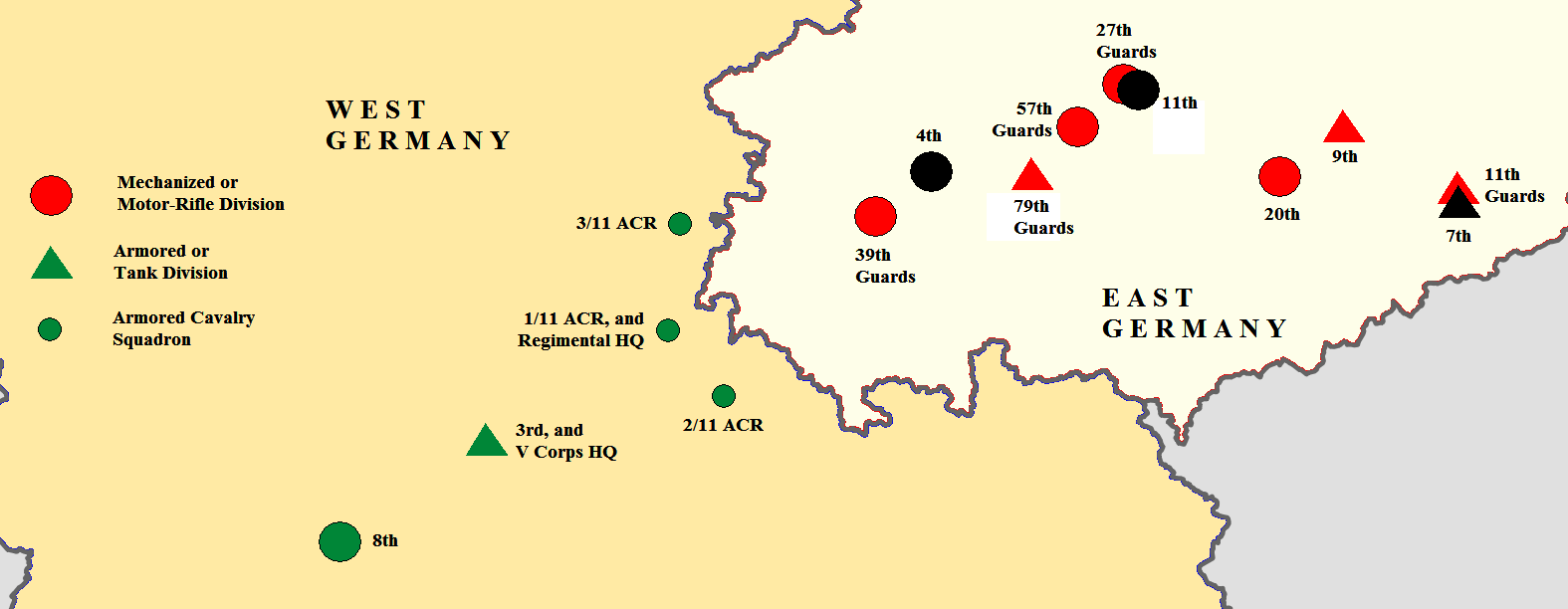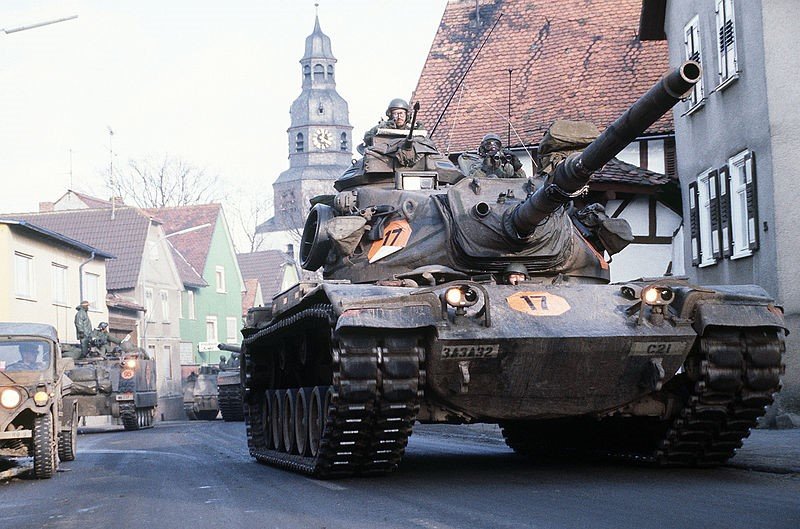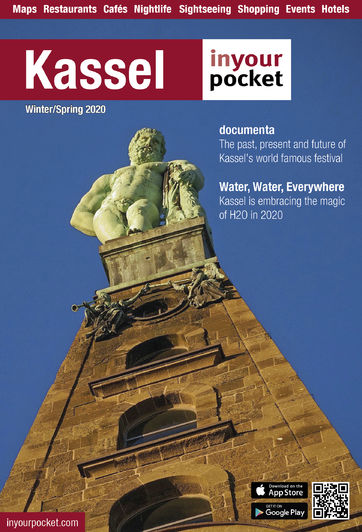Hold a minute, the Fulda what now? The Fulda Gap is the informal name for what was once the Inner German border, a series of lowlands punctuated by open spaces between the hills, named after the nearby town of — you guessed it — Fulda (although we wouldn’t put it passed the Germans to have a town called ‘Gap’), itself close to the spring of the Fulda river which runs north, all the way through to our beloved Kassel. Aside from being the potential opening ceremony of our inevitable obliteration, Fulda is possibly best known for being the birthplace of Karl Ferdinand Braun, the big brain behind the Cathode ray tube who won the Nobel Prize in Physics way back in 1909, a prize he shared with Marconi for contributions to wireless telegraphy. But yeah, more famous for the threat of the end of the world. The Fulda Gap lies between Kassel and Frankfurt, for the record.
For a long time, the Fulda Gap was just about as innocuous as a piece of land could be. During the years of the German Confederation (and later the German Empire) the Gap was deep within German territory, and the prevailing opinion was that if any foreign army made it this far, the war would already be lost. In Germany’s case that rang true, as by the time the US used the Gap for their march east towards the end of WWII, Nazi Germany was a cadaver waiting in the morgue. The US used this route in order to occupy potential Soviet territory and create a reason for the Russians to pull back out of West Berlin, a move that proved useful when the war came to an end.

We say ‘useful’, but we aren’t entirely sure what the correct way to describe it would be. The Cold War began and the Fulda Gap and it's Observation Post Alpha became the only part of the planet, where large numbers of American and Soviet forces were stationed within hundreds of yards of each other. Two ideologies and trigger-happy armies separated only by 400 yards of barbed wire, fortifications and mud. ‘Nervous’ doesn’t really cut it.
Nothing happened in the end (we likely wouldn’t be here if it had) but the Fulda Gap was a point of severe tension for NATO and the West, as they became convinced that any potential Soviet invasion of the West would begin here, with relatively easy access from East Germany across to the Rhine. It was obvious really, what with the relative lowland compared to alternative routes, and the Gap thus became a major part of NATO’s defensive strategy in the reason. With good reason too, as the Warsaw Pact were conducting military simulations based on these parts as late as 1979.

But the Cold War came to an end and the Fulda Gap once again found itself deep within German territory, only likely to be of strategic military importance long after another war was lost. The major physical legacy of the Gap is little more than strategy board games and computer games that simulate World War III scenarios. This might sound trite, but it is testament to the importance of this spot that it is routinely used for such things. Hottest Spot of the Cold War? That sounds about right.





Comments